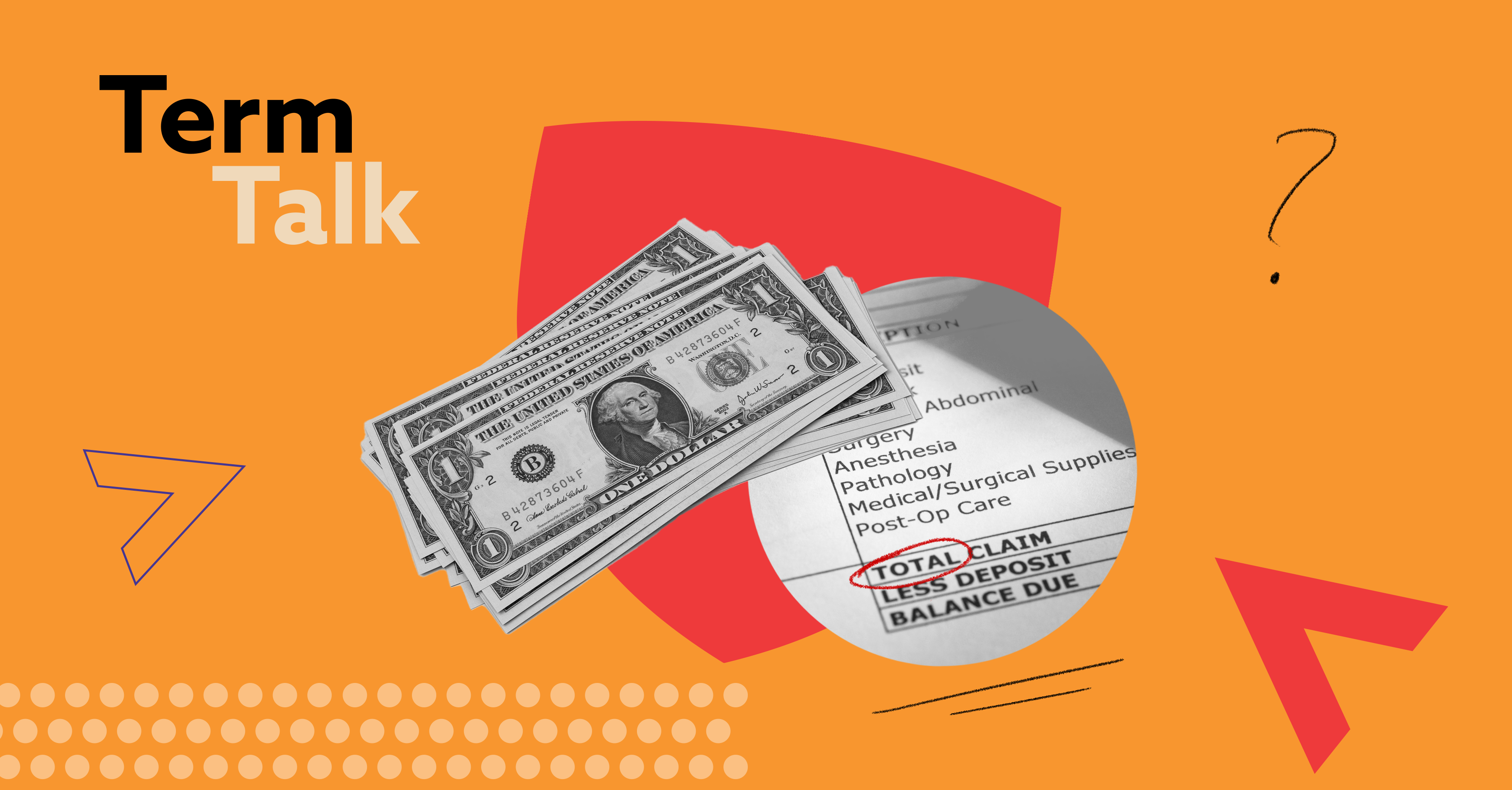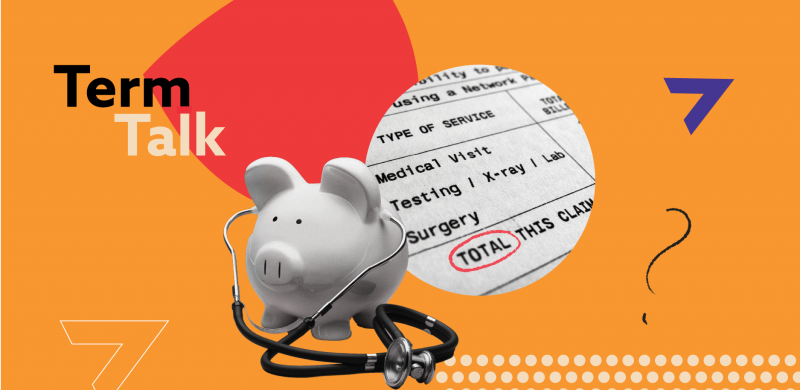
Members often have questions about their health plan, from the definition of terms to how to best utilize their coverage. Our Term Talk series aims to answer commonly asked questions to help you better understand health insurance and empower you to make decisions about your coverage that best fits your needs.
A common dilemma:
I received a bill in the mail after a visit to urgent care while on vacation out of state to treat a rash on my arm. I’ve heard of out-of-pocket costs for health care, but I pay for my health insurance every month. Shouldn’t I be covered?

Out-of-pocket costs for health care
While health insurance may fully cover the cost for some health care needs like preventive care, there are certain instances when you may be responsible for some or all expenses. These are called out-of-pocket costs, which are expenses for medical care that are not reimbursed by your insurance provider. Out-of-pocket costs include health plan costs like annual deductibles, coinsurance and copayments, but they also include costs for services that are not covered by your health insurance. While this list is not exhaustive, here are some common reasons that you may be paying out-of-pocket for a health need:
- You haven’t reached your deductible yet. If you have a $1,500 annual deductible, for example, you will have to pay $1,500 worth of charges before your health insurance helps to pay. If you receive care for services that apply towards the deductible, your provider will send you a bill. If prescription drugs apply towards your plan’s deductible, you’ll need to pay for them when you pick them up from the pharmacy.
- You have a copayment. Some health care visits, like an unexpected visit to treat a rash, may require a copay. Your Schedule of Benefits document will tell you what your copayments are for different services.
- You have coinsurance. This kicks in with certain services after you’ve paid your plan’s deductible. Let’s say you have allergies and see a doctor regularly. You just reached your $1,500 deductible and now your plan will cover 70% of the cost for your allergy shots. You then owe the other 30% as coinsurance. If the treatment is $150, then your plan will pay $105 and you will pay $45.
- You’re receiving diagnostic care. That rash in the above example would be considered diagnostic care since a doctor is treating you for a symptom you already have, rather than providing care to prevent illness. You may have to pay a copay for your visit or cover the cost of a prescription cream to treat the rash.
- You’re seeing a doctor that’s out-of-network. In the same example, the person with the rash was visiting a doctor that was located out-of-state. It’s possible that the doctor they went to visit was not an in-network doctor for their health plan, which could be a reason for higher out-of-pocket costs.
There’s also a limit to how much you can pay when it comes to out-of-pocket costs. Your out-of-pocket maximum is the most you’ll pay annually for covered benefits and prescription drugs before your plan pays 100% of the allowed amount.
Preparing for out-of-pocket costs
Even though out-of-pocket costs can happen throughout the year, we aren’t always ready for them—particularly if a health issue arises unexpectedly. That’s where accounts like health savings accounts or flexible savings accounts can come in handy, as can cost-savings tools.
For Harvard Pilgrim members, consider tools like Estimate My Cost that can help determine what you might be expected to pay out-of-pocket for a health service—or Reduce My Costs, which can help you to compare costs in the area of tests or procedures you may need.
And if you’re unsure whether a health service will cost you out-of-pocket, you can always call your health insurer directly or review the Schedule of Benefits associated with your health plan. Harvard Pilgrim members can also visit their secure portal accounts to find out more about their benefits.


